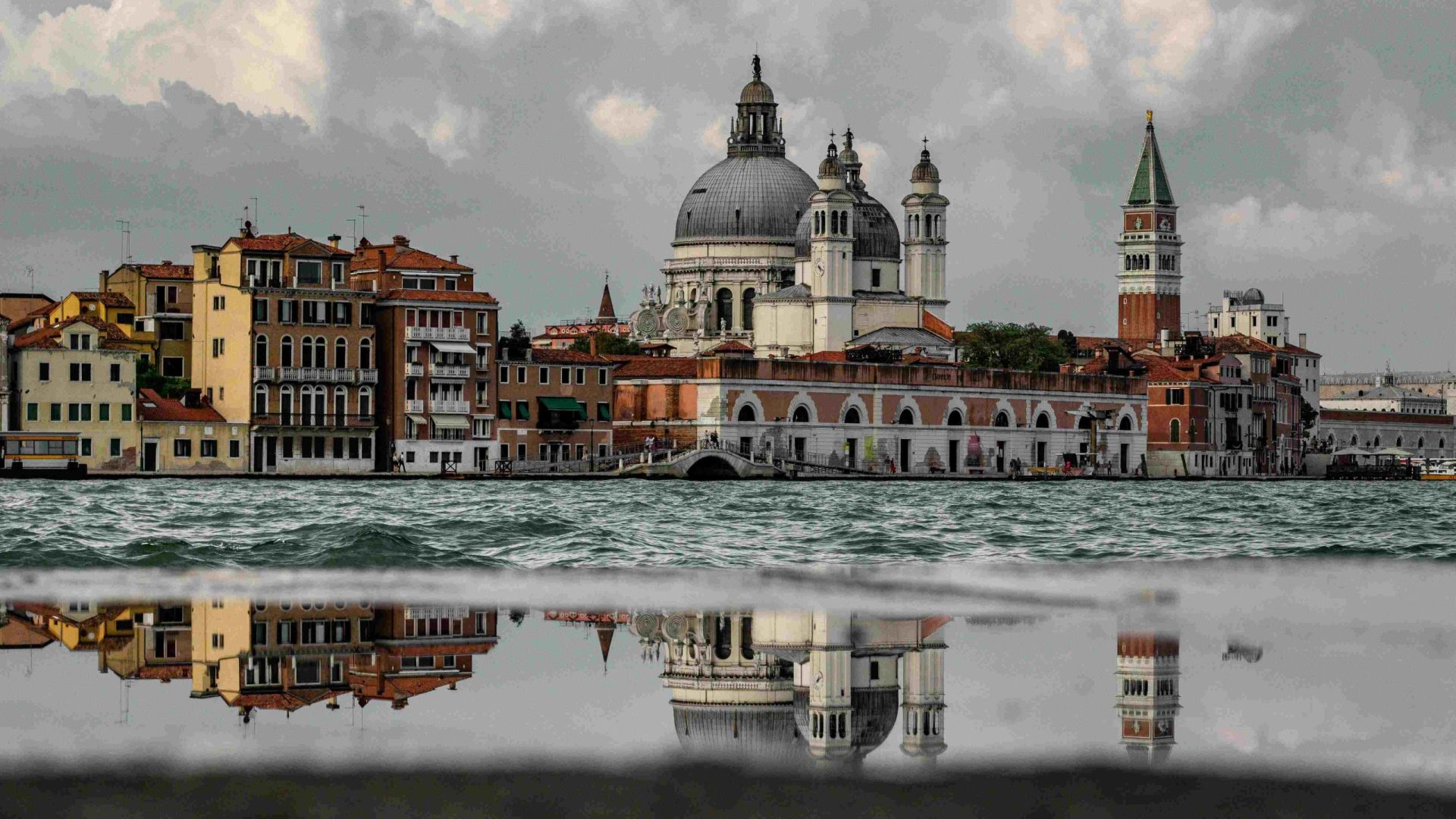
Now that there are more tourist beds than residents, Venice is cracking down on big group tours, loudspeakers, and tchotchke shops. Will it work?


Now that there are more tourist beds than residents, Venice is cracking down on big group tours, loudspeakers, and tchotchke shops. Will it work?
First they came for the cruise ships, banning them from docking within the lagoon. Then they tried a tourist tax, which residents said ‘Disney-fied’ their city and would do nothing to prevent the hordes of visitors. Now, Venice has come for the loudspeakers and the tour groups.
As of June 1, Venice’s city center and the islands of Murano, Burano, and Torcello no longer allow tour groups larger than 25 people. And regardless of how big the tour is, no-one is allowed to shout canal fun facts through loudspeakers. No one is allowed to shout anything through a loudspeaker at all.
That’s welcome news for more mindful travelers who want to visit without battling massive groups, says Zina Bencheikh, managing director of Europe, Middle East, and Africa for Intrepid Travel (which owns Adventure.com).
“The last time I went, I felt truly overwhelmed by the masses of tourists often there for a short stop, traveling in big groups, mostly guided by foreigners using loudspeakers,” she wrote in a LinkedIn post about the news. “Many of these day trippers do not buy much from the locals and, as a result, only leave a negative impact on the protected heritage site. The ‘gelato’ tourists, as locals like to call them.”
There are fewer than 50,000 residents left in the historic center, and about 262,000 in all of Venice. But about 30 million tourists visit each year, according to the BBC—and they do not seem to be deterred by a new EUR5 fee to enter the old city, which went into effect in late April. Visitors have to buy it in advance online, and risk fines of up to EUR300 if they try to get away without paying it.
Residents were not impressed by the tax, which only goes into effect on peak days. Some have claimed it is useless.
“I can tell you that almost the entire city is against it,” Matteo Secchi, who leads a residents’ activist group called Venessia.com, told The Guardian. “You can’t impose an entrance fee to a city; all they’re doing is transforming it into a theme park. This is a bad image for Venice … I mean, are we joking?”
In 2023, Venice reached an alarming new milestone: The number of beds for tourists surpassed the number of permanent residents. Overtourism is one of the main reasons locals have fled or been driven out of the city. Even UNESCO has warned Italy that the historic city is at risk. In 2021, the world heritage organization applauded the city’s ban on large cruise ships, which had been undermining the infrastructure of the lagoon and threatening its ecological balance.
Venice’s leadership hopes the new restrictions will finally make a difference, cutting back on the chaos and confusion of massive—and loud—group tours. They also hope it will make it harder for unauthorized tour guides to get away with breaking rules.
“The administration not only wants to give precise rules for respecting the fragility of Venice, the traffic, and coexistence with those who live in Venice but also give a signal regarding the presence of unauthorized tourist guides, which with this new article will no longer be tolerated,” Venice’s city councilor for commerce, Sebastiano Costalonga, said, according to The Independent.
Venice was the first city to charge daytrippers for access, but it’s not the only one whose residents feel crushed under the weight of visitors. Earlier this year, locals flooded the streets of the Canary Islands to demand their government find better ways to manage an influx of tourists and related surge in cost of living. Last weekend in Palma de Mallorca, Spain, locals threatened to blockade the airport during peak summer travel season if the Balearic government doesn’t address a housing ‘emergency.’
The list goes on: Venice also plans to cap new souvenir shops, according to BBC, and Lake Como plans to follow in its footsteps with a daytripper fee on peak travel days. Just last month, Japan blocked an iconic view of Mount Fuji because too many tourists were endangering themselves and others by taking selfies on the road. And last year, Portofino, Italy, introduced a EUR275 fine for people ‘lingering’ too long in selfie hot spots.
It remains to be seen whether Venice’s new rules will reduce the flow of tourists to a more manageable level. But one thing is for sure: Residents have hit a breaking point, and something has got to change. As Venetian activist Marco Gasparinetti told the BBC, “We must and can live from tourism, but we don’t want to die from it.”
***
Adventure.com strives to be a low-emissions publication, and we are working to reduce our carbon emissions where possible. Emissions generated by the movements of our staff and contributors are carbon offset through our parent company, Intrepid. You can visit our sustainability page and read our Contributor Impact Guidelines for more information. While we take our commitment to people and planet seriously, we acknowledge that we still have plenty of work to do, and we welcome all feedback and suggestions from our readers. You can contact us anytime at hello@adventure.com. Please allow up to one week for a response.

Kassondra Cloos is a travel journalist from Rhode Island living in London, and Adventure.com's news and gear writer. Her work focuses on slow travel, urban outdoor spaces and human-powered adventure. She has written about kayaking across Scotland, dog sledding in Sweden and road tripping around Mexico. Her latest work appears in The Guardian, Backpacker and Outside, and she is currently section-hiking the 2,795-mile England Coast Path.






Can't find what you're looking for? Try using these tags: